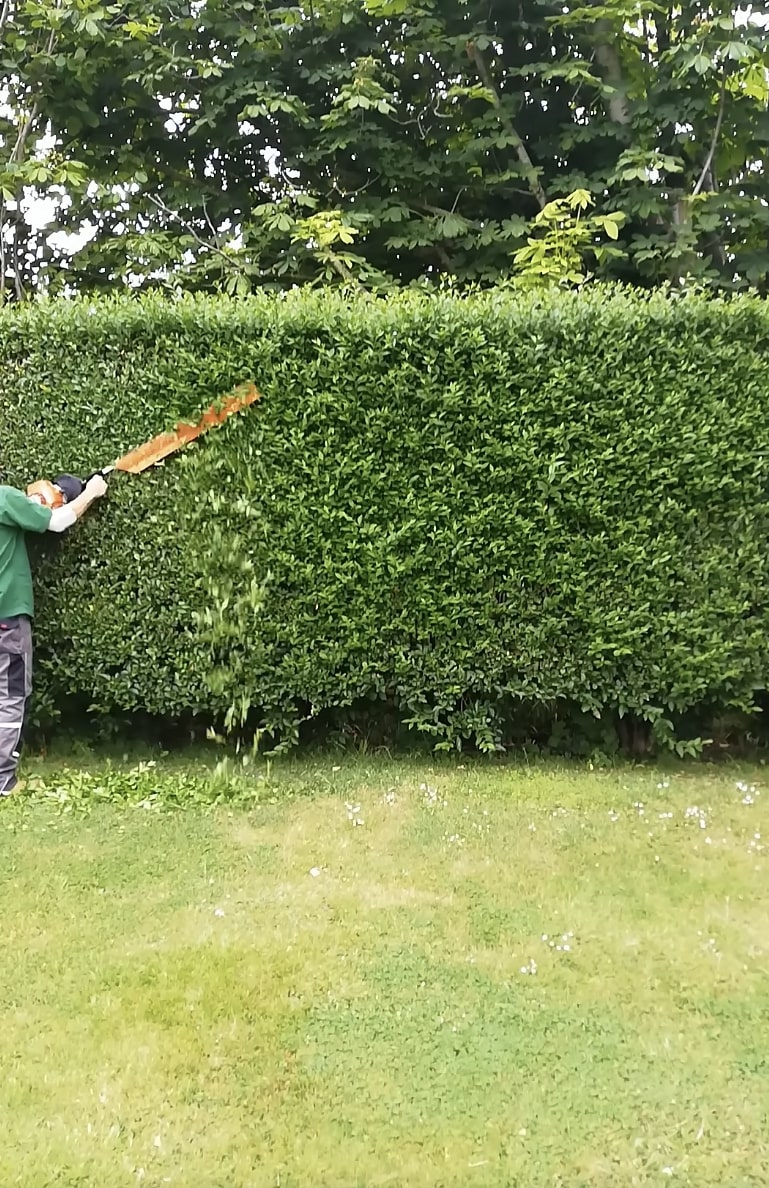Tree Trimming & Pruning Services
Expert tree trimming and pruning to enhance tree health, safety, and beauty in Monroeville, PA. Proper techniques for lasting results.

Proper tree trimming and pruning are essential investments in your landscape's long-term health, safety, and beauty. Our certified arborists understand that every cut affects the tree's future growth pattern, structural integrity, and disease resistance. Using scientifically-based pruning techniques, we enhance your trees' natural form while addressing specific concerns like storm damage prevention, clearance issues, and overall tree vitality.
Precision Pruning
Strategic cuts that promote healthy growth and structural strength
Tree Health
Remove diseased, damaged, and dead branches to improve vitality
Light & Air
Improve sunlight penetration and air circulation through the canopy
Pennsylvania's climate presents unique challenges for tree health throughout the year. Spring growth spurts can create weak, poorly attached branches that become hazardous during summer storms. Our seasonal pruning approach addresses these regional concerns while working with each tree's natural growth patterns to achieve optimal results.
Crown thinning selectively removes branches throughout the canopy to reduce wind resistance and allow better light penetration without dramatically changing the tree's natural shape. This technique is particularly beneficial for mature trees that have become too dense, creating shade problems for lawns and gardens below while increasing storm damage risk.
Timing Makes All the Difference
Most tree species benefit from dormant season pruning, typically performed during late fall through early spring when trees have shed their leaves and entered dormancy. This timing reduces stress on the tree, minimizes disease transmission risk, and allows our arborists to clearly see the tree's branch structure for optimal pruning decisions.
However, timing varies significantly by species. Oak trees should never be pruned during active growing seasons due to oak wilt disease risk, while maple trees may benefit from light summer pruning to remove water sprouts and suckers. Our arborists consider each tree's species, age, health status, and your specific goals when scheduling pruning work.
Emergency pruning situations don't follow seasonal schedules. Storm-damaged branches, disease outbreaks, or safety hazards require immediate attention regardless of timing. Our emergency servicesteam provides rapid response for urgent pruning needs while minimizing stress and long-term impact on your trees.
Professional Techniques for Lasting Results
Proper pruning cuts are crucial for tree health and healing. Our arborists make clean, precise cuts at the correct angle and location to promote rapid healing while preventing decay and insect infiltration. We never use wound paints or sealers, which research has shown can trap moisture and pathogens against the cut surface.
Structural pruning focuses on developing strong branch architecture in young trees, preventing future problems through early intervention. We remove competing leaders, eliminate weak crotch angles, and establish proper branch spacing that will serve the tree well throughout its lifetime. This investment in young tree care prevents costly problems and extends tree lifespan significantly.
Large branch removal requires specialized rigging techniques to prevent bark tearing and property damage. Our crew uses ropes, pulleys, and lowering devices to control heavy branches during removal, ensuring clean cuts and safe placement. This attention to detail protects both the tree's health and your landscape investment.
Signs Your Trees Need Professional Pruning
- • Dead, diseased, or broken branches
- • Branches rubbing against each other
- • Low-hanging branches blocking walkways or views
- • Overgrown canopy blocking sunlight
- • Weak branch attachments or splitting crotches
- • Storm damage or recent severe weather
- • Tree hasn't been pruned in 3+ years
